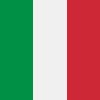This website uses cookies so that we can provide you with the best user experience possible. Cookie information is stored in your browser and performs functions such as recognising you when you return to our website and helping our team to understand which sections of the website you find most interesting and useful.
Home > The Theatre > The “Giuseppe Verdi” Theatre
The Theatre

The Giuseppe Verdi Opera House in Trieste. Two centuries of history, music and art
The Teatro Lirico Giuseppe Verdi in Trieste, born as Teatro Nuovo, is among the oldest opera houses in the world and boasts uninterrupted activity since its inauguration on the 21 April 1801.
It was built, on the proposal of Giovanni Matteo Tommasini, between 1798 and 1801 by the architects Giannantonio Selva (who also designed the Teatro La Fenice in Venice) and Matteo Pertsch, on a free area facing the sea, located between the commercial and economic centres – the new Borgo Teresiano built during the 18th century, and the Piazza Grande, the heart of political power.
The structure of the building recalls that of the “Teatro della Scala” in Milan built by the architect Giuseppe Piermarini. The facade has a monumental central portico, with round arches, surmounted by a band composed of pilasters and semi-columns of the giant Ionic order alternating with windows. The sculptural group placed on the top of the building represents Apollo flanked by Lyric Art and Tragic Art, while the two statues placed on the extreme sides of the base represent Mars, on the right, and Pluto with the dog Cerberus, on the left. The rear facade, towards the sea, built in 1882-84 by Eugenio Geiringer taking up the stylistic features of the main one, was raised above the building in the last restoration which ended in 1997.
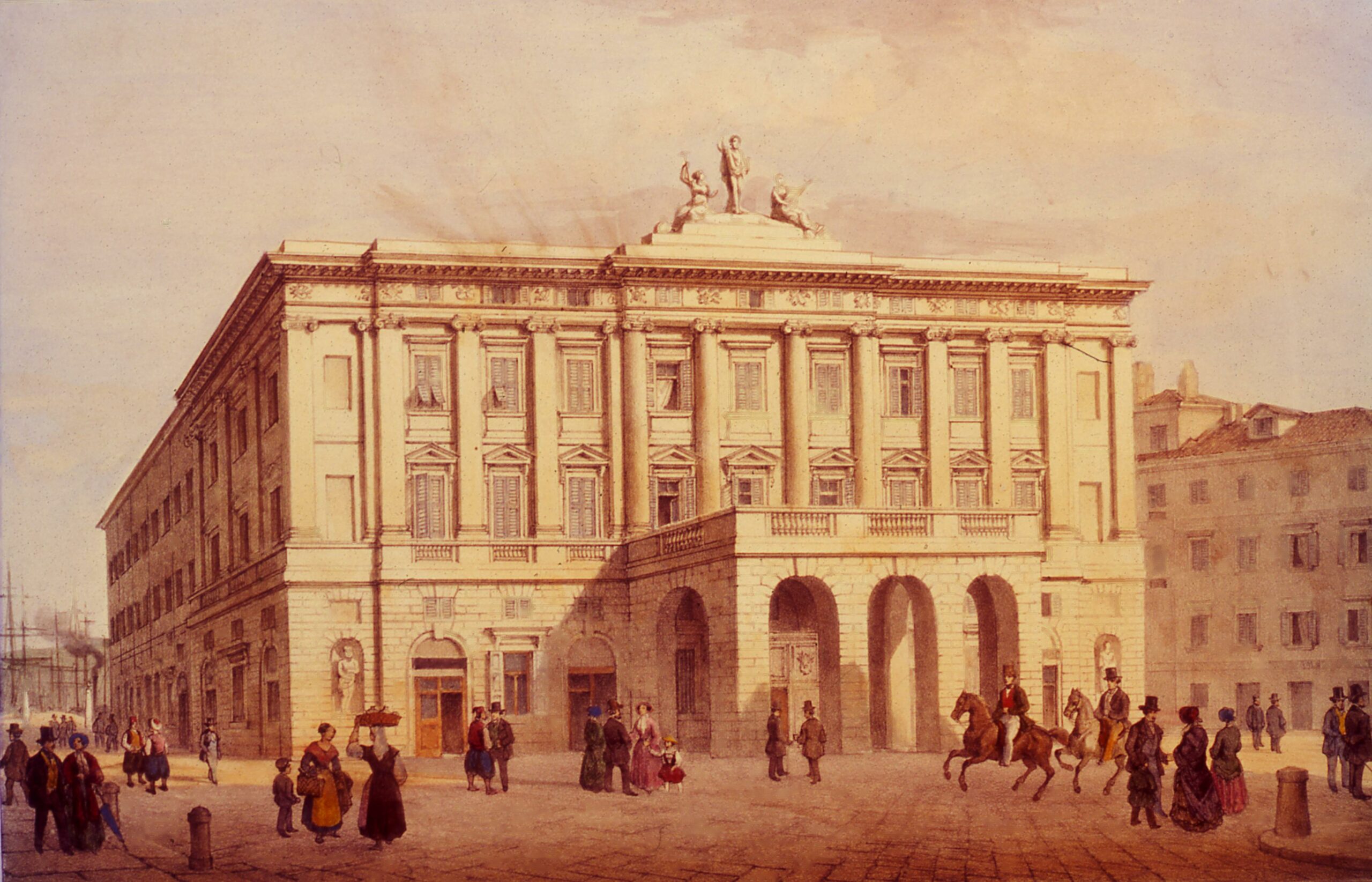
The theatre, named Teatro Nuovo and inaugurated on 21 April 1801 with the operas Geneva of Scotland by Simone Mayr and Annibale in Capua by Antonio Salieri, was the symbol of the Italian cultural identity of the city, spreading knowledge of Italian musical culture also in contiguous territories of German and Slavic tradition; at the same time it was also an interpreter of Trieste’s cosmopolitanism, bringing the works of Central European composers to the knowledge of the city public. Its activity was intense from the beginning: all the melodramas, ballets, dramas, comedies that achieved success on the Italian and European scenes found a ready welcome in the Trieste Theatre crowded by an audience of enthusiasts and connoisseurs. Rossini performed for the first time in Trieste with L’Italiana in Algeri (1816), Donizetti with L’Ajo nell’imbarazzo (1826) and Bellini with Il Pirata (1831). Verdi’s first opera was Nabucco (January 11, 1843), followed by all the others, almost always a short distance from the absolute premiere; indeed two operas were specially composed by Verdi for the Trieste Theatre: Il Corsaro which premiered on 25 October 1848 and Stiffelio, whose first staging (16 November 1850) was personally supervised and concerted by Maestro Giuseppe Verdi with Giuseppina Strepponi as an interpreter.
Beautification and restoration works were carried out several times in 1819, 1834, 1848, 1881/84, when the capacity of the hall was increased from the original 1400 to 2000 seats; in 1889 gas lighting was replaced by electric lighting. In more recent times, the most substantial interventions were implemented in 1950 and, even more recently, a work of radical restoration, structural consolidation and adaptation to current technical and safety regulations was implemented between 1992 and 1997.
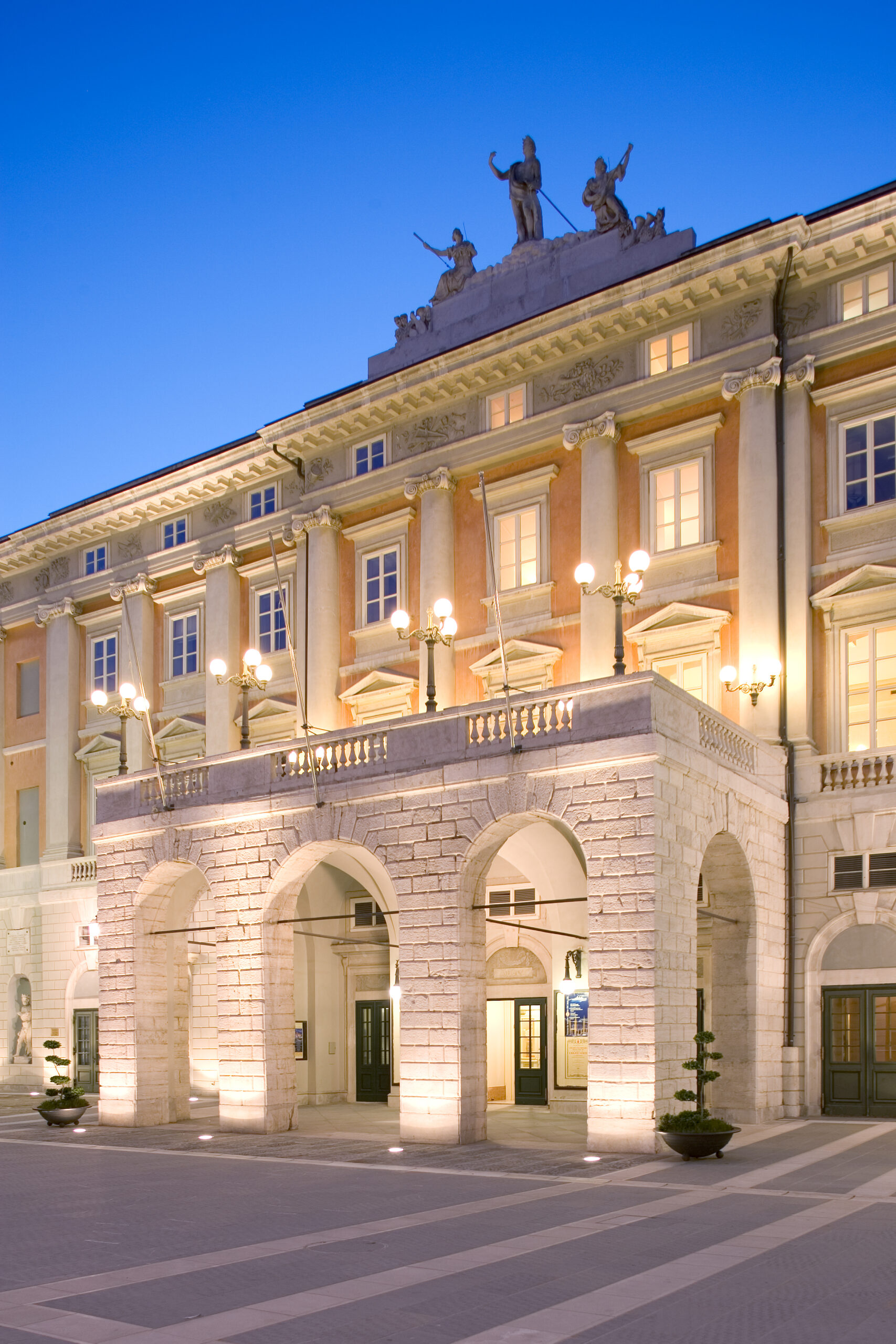
The theatre has changed its name several times: in 1821 it was called Teatro Grande; in 1861, after its acquisition by the Municipality, it became the Municipal Theatre and, on 27 January 1901, it was dedicated to Giuseppe Verdi, a few hours after the death of the great composer, the first theatre in the world to bear this name.
The main hall which today has a capacity of 1200 seats is an historical jewel: it’s among the few to preserve the original structures and decorations of 1801. The second smaller hall and for this reason called il “Ridotto” (Italian for “Reduced”) – which has a capacity of up to 220 seats, was masterfully restored in 2004 and presents itself as a magnificent and rich concert hall favoured for its beauty, in the most prestigious institutional and cultural events of the city. It is dedicated to the famous conductor of Trieste origin, Victor de Sabata.
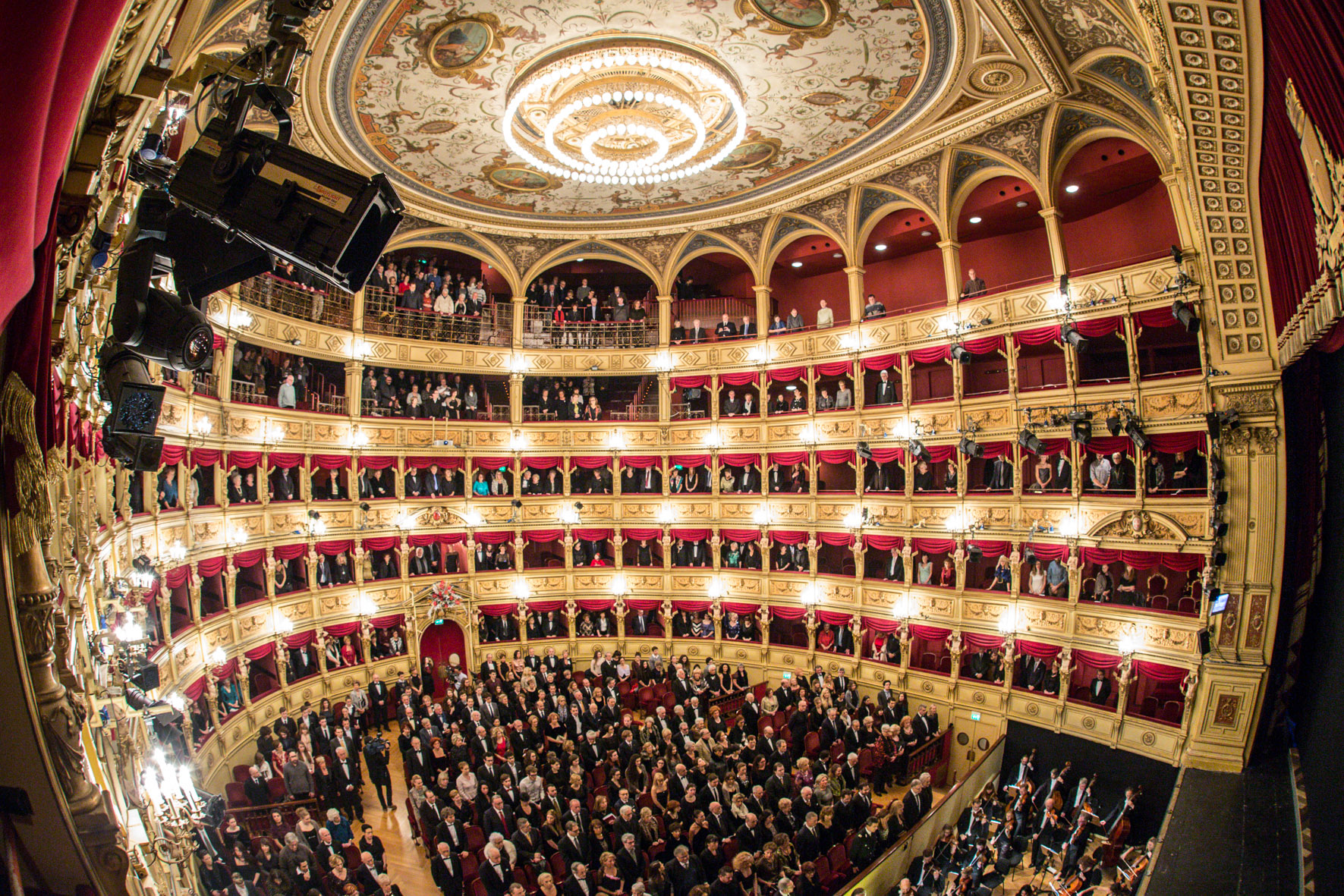
In its more than two centuries of history, the Teatro Verdi di Trieste has always been the epicenter of the city’s civil and cultural life, sharing all its extraordinary historical events, the Napoleonic occupation and belonging to the French Empire, the subsequent Habsburg restoration and the great commercial and economic prosperity of the nineteenth-century Central European emporium, the annexation to Italy at the end of the First World War, the German, Yugoslav, Anglo-American occupations following the events of the Second World War and the reunification in 1954 with Italy. The theatre owned by the Municipality of Trieste is today entrusted to the Fondazione Teatro Verdi established by law in 1996 which has collected the moral and artistic legacy of two centuries of musical and cultural life.
The Fondazione Teatro Lirico Giuseppe Verdi in Trieste has its own stable orchestral and choral ensembles, scenography and tailoring workshops; it also carries out intense theatrical and musical activity throughout the year, structured in an opera and ballet season, a rich season of symphony concerts, school shows, chamber concerts, operetta performances in the historic International Operetta Festival which in the second half of the 20th century was an extraordinary success with the public and critics. it constantly exhibits its own orchestra and choir with performances in all the theatres of the Friuli Venezia Giulia Region. The billboards of the Teatro Verdi have always hosted the most famous artists of international renown. Among its contemporaries the conductors Herbert von Karajan, Claudio Abbado, Paul van Kempen, Thomas Schippers, Mario Rossi, Carlo Maria Giulini, Laslo Somogyi, Leonard Bernstein, Sergiu Celibidache, Gianandrea Gavazzeni, Gary Bertini, Nello Santi, Gianluigi Gelmetti, Riccardo Muti, Daniel Oren, Gustav Kuhn, Stefan Anton Reck, Pinchas Steinberg, Bruno Campanella, Donato Renzetti, Oleg Caetani; singers include Beniamino Gigli, Lina Cavalieri, Rosina Storchio, Gilda Della Rizza, Toti Dal Monte, Cesare Siepi, Aureliano Pertile, Magda Oliviero, Renata Tebaldi, Maria Callas, Franco Corelli, Carlo Cossutta, Piero Cappuccilli, José Carreras, Daniela Dessì, Katia Ricciarelli, Raina Kabaivanska, Marcelo Alvarez, Daniela Barcellona, Ildebrando D’Arcangelo, Juan Diego Florez, Jose Cura, Ferruccio Furlanetto, Renato Bruson, Fiorenza Cedolions, Juan Pons, Leo Nucci.
The theatre has undertaken various important national and international tours starting from its historic participations in the Festival dei Due Mondi in Spoleto and then, to name just a few cities, Wiesbaden, Paris, Ljubljana, Zagreb, Budapest, Sarajevo, Japan (Tokyo, Osaka, Kitakyushu and in 2019 an extensive tour of 14 major cities with La traviata by Giuseppe Verdi), Cyprus (Pafos Festival), South Korea (Seoul and Yeosu) and Oman (Muscat). In 2016 he inaugurated the Dubai Opera with the opening concert performed by the tenor Placido Domingo and with the operas Les pêcheurs de perles and Il barbiere di Siviglia, two productions created by the Foundation itself.
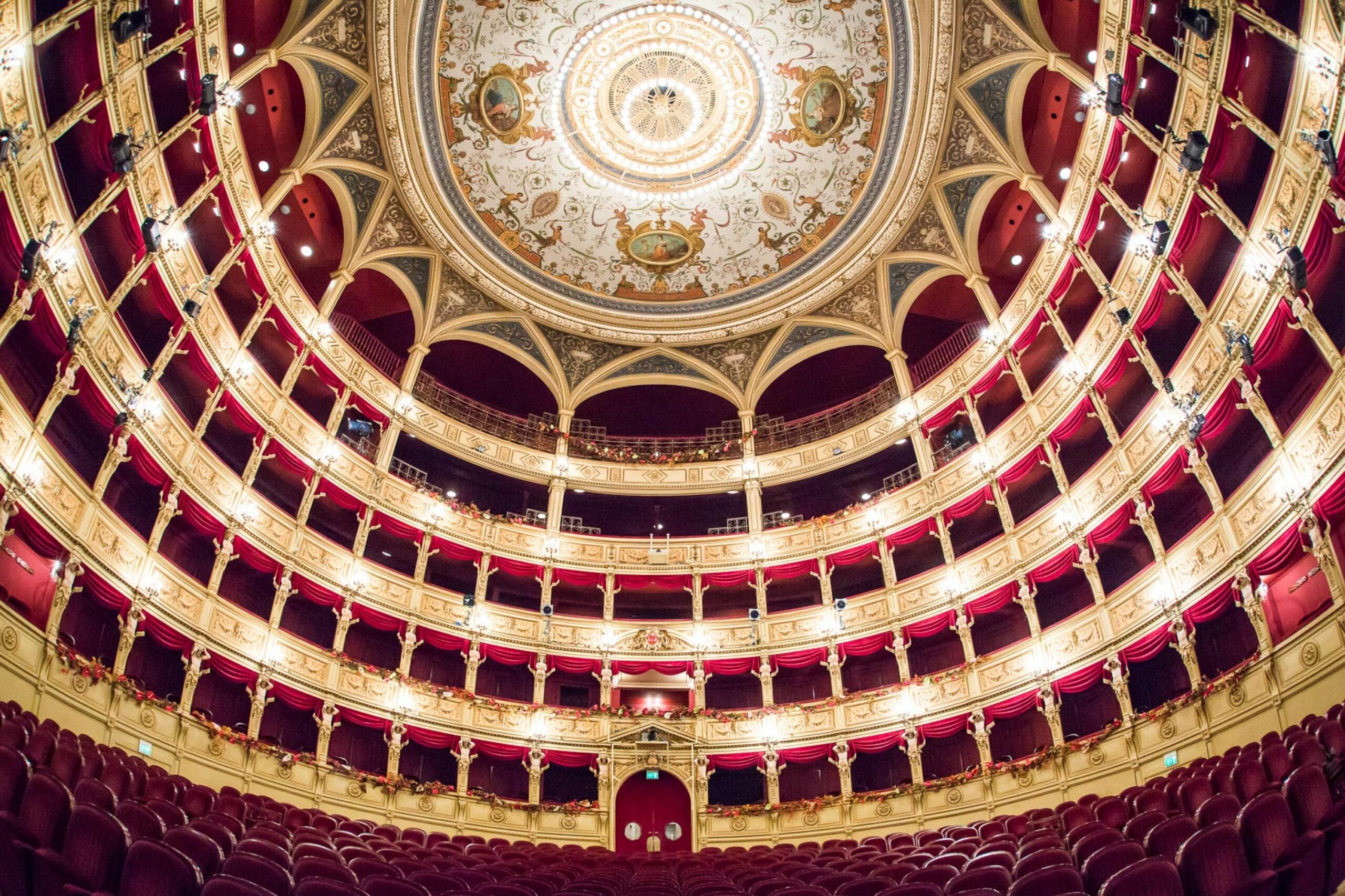
Torna su

